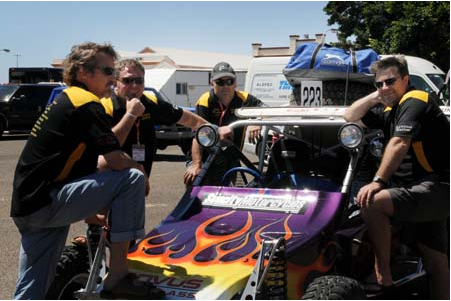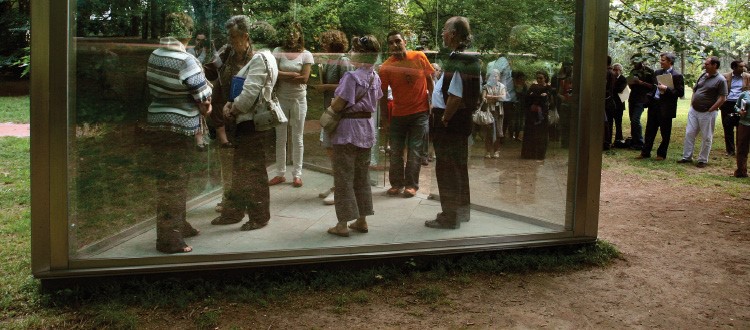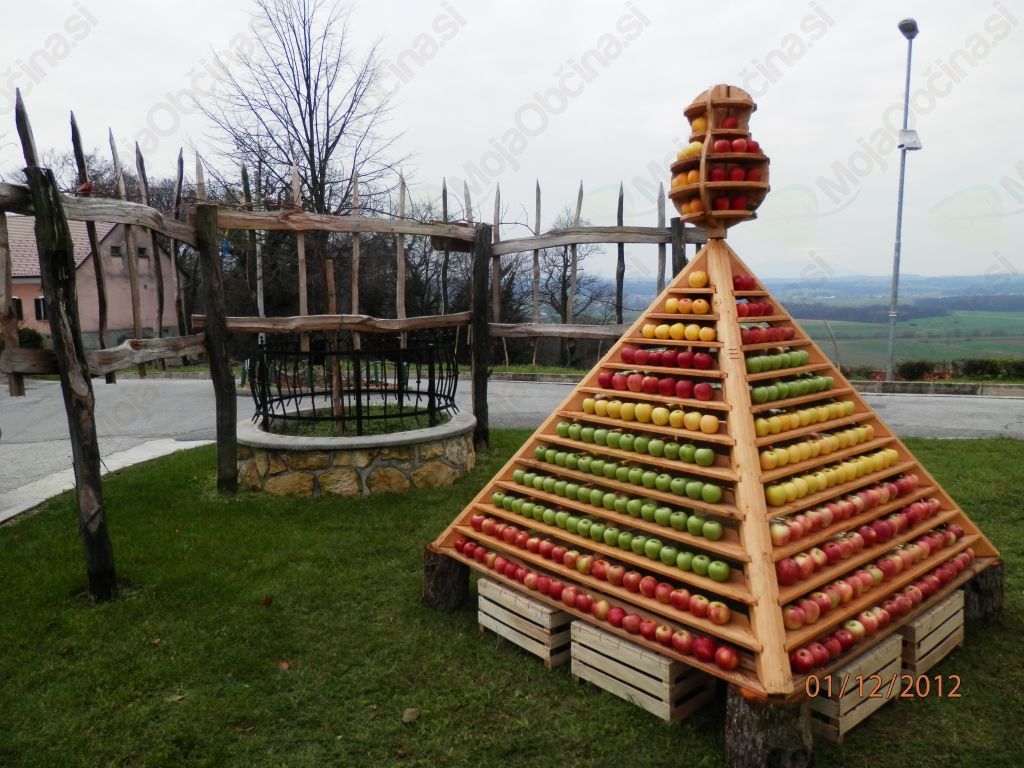Re-defining masculinity and gender capital
| Site: | Old Guys Say Yes to Community |
| Course: | Promoting inclusion of older men |
| Book: | Re-defining masculinity and gender capital |
| Printed by: | Guest user |
| Date: | Monday, 19 January 2026, 8:34 PM |
Table of contents
- 1. Introduction
- 2. Good practice: Safe spaces and shared interests
- 3. Men and boys: Sharing the skills across
- 4. Development of creativity and imagination
- 5. Good practice: Importance of tradition in rural communities
- 6. Men’s involvement in a male-focused community-based programme
- 7. Older men's empowerment and intergenerational cooperation
1. Introduction
Since the social construction of masculinities has garnered much attention in the academic literature, more and more in-depth studies are emerging, arguing that masculinities are not easily defined (Mackenzie et al., 2017; Huppatz and Goodwin, 2013; Golding & Foley, 2017), as gender practices shift under the influence of historical narratives, as well as social, political, and economic structures (Connell & Messerschmidt, 2005; Creighton & Oliffe, 2010) and that hegemonic masculinities are often represented by established stereotypes and structures that influence how men think and act in relation to their view of what ‘being a man’ means (Mackenzie et al., 2017). Thus, relating to Module 2, in connecting masculinities to men’s work-related depression and suicide amid highlighting some targeted mental health promotion programmes, the authors confirm the need to understand gender as plural, relational, multidimensional, and deeply contextual (Johnson & Repta, 2012).
Such stereotypes as being strong, unemotional, aggressive, providing for one’s family, and having limited involvement in household tasks are changing and many scholars argue that masculinity is becoming more ‘inclusive’; more egalitarian, non-traditional and active in incorporating and adopting previously stereotypically feminine attributes, values, and practices (Anderson, 2009; Mackenzie, et al., 2017; Huppatz and Goodwin, 2013; Golding & Foley, 2017). Others suggest that, while these changes are apparent, they are not extensive and have done little to alter structurally embedded gendered power relations and indeed might be happening as a way of maintaining these established relations within a neoliberal economic landscape (Bridges & Pascoe, 2014; Mackenzie, et al., 2017).
Mackenzie, et al. (2017, 1225) conclude, that “such changes in hegemonic practices are slow to occur, perhaps especially so for different age cohorts, because they are embedded in social structures over time. It is within this context that patriarchal power influences many men (although certainly not all) to be complicit in sustaining hegemonic masculinity to draw significant dividends—though we should not think that such complicity is always, or often, a deliberate decision or process; it is often part of a far less conscious form of daily practice (Robertson, 2007). This is not to say that men attain hegemonic power, but there is often an implicit incentive to embody it because of the collective benefits that it offers men."
Unlike women, who participate in the most
varied areas in public, private and family life, men’s learning happens mostly
in informal community spaces. Namely, the dominant masculine capital determines men’s (self-)exclusion, and they are
not willing to enter learning communities (classrooms, educational
institutions) that are frequently feminised. The research analysed in Old Guys Say Yes to Community Project
suggests the need for men’s clubs, men’s sheds, men’s spaces and activities,
and even safe community houses where men can socialise with each other
(Reynolds et al., 2015), offering mutual support and where they can
self-organise and redefine masculine capital
to achieve older men’s empowerment, etc. (Hanlon, 2012; Ribeiro, Paúl and
Nogueira, 2007; Carragher and Golding, 2015; Huppatz and Goodwin, 2013; Jelenc
Krašovec and Radovan, 2014). In Portugal the need was even stronger because of
low or very low education and literacy levels of the men. In all the partner
countries the need was mostly due to social factors, especially poverty and low
pensions that do not enable decent lives.
2. Good practice: Safe spaces and shared interests
Examples of good practice from Australia: The Albany Speedway, The Gascoyne Dash

Two motor sports organizations in Australia represent a learning opportunity for volunteers in these organizations, because learning and education in other forms (learning through adult and community education) for these men was either unavailable, inaccessible or inappropriate regarding their expectations and interests. For them to participate and contribute to a public event, informal community learning was necessary and much of that learning was through participating and doing. These two organizations represent a safe space for men from diverse backgrounds, who shared a similar interest in machines. They became active members of the community and contributed to community events themselves.
Reflect
Can you think of some common interests’ men in your community might share?
References:- Golding, B. (2009). Older men’s lifelong learning: Common threads/sheds. In J. Field, J. Gallacher & R. Ingram (Eds.), Researching transitions in lifelong learning (pp. 65-75). London: Routledge.
- Golding, B. (2010). The big picture on men’s (and boy’s) learning. Australian Journal of Adult Learning, 50(1), 54-74.
- Golding, B., Brown, M., Foley, A., & Harvey, J. (2009). Men’s learning and wellbeing through community organisations in Western Australia. Report to Western Australia Department of Education and Training. Ballarat: University of Ballarat.
Web links:
3. Men and boys: Sharing the skills across
Golding & Foley (2017) focus on intergenerational learning in informal community settings between older men and boys. It examines and challenges narrow definitions of the notion of what is meant by “older” and “intergenerational” learning. It stresses the importance of older men’s capacity to be contemporary in their worldview, while drawing from a deep knowledge and wisdom developed from their life experiences and also from their formative cultural, national, and indigenous learning traditions. The paper provides an account of intergenerational stories wherein men informally mentor, share skills, and develop meaningful relationships with disengaged and disconnected young people in the community Men’s Sheds (Golding & Foley, 2017).
Check out the video of the Men's Sheds project in Australia's Whyalla.
Whyalla Men's Shed // Where men work at play from Brady Krawczyk on Vimeo.
4. Development of creativity and imagination
Example of good practice from Portugal: Fundação Serralves
In Porto they wanted to raise the awarness and knowledge in relation to contemporary art, architecture, landscape and key issuses facing society at present and in the future. They wanted to involve as much citizens as possible, that's why they opened a volunteer program. The volunteers benefit from cultural training and skill development in order to perform different tasks. Besides that they stared a program called ''Senior Volunteering'' which is aimed at older people and it contributes especially to the development of creativity and imagination, knowledge acquisition and it increases the confidence levels of volunteers.

Reflect
Children are often seen as creative beings with a lot of imagination, but when we grow up we often forget about nurturing imagination and creativity. How would you encourage creative thinking among older adults? Do you have any art project going on in your community that would foster creativity and imagination among older adults?
Web links:
- http://www.serralves.pt/en/
- http://www.serralves.pt/webmail/2012/Voluntariado_senior/Voluntariado_senior_1.html
5. Good practice: Importance of tradition in rural communities
Examples of good practice from Slovenia: Chess Club Gorišnica, Vine and Fruit Growers' Association Vitomarci

Besides remaining active in the local community, to associate and to share experiences, membership in the associations in rural communities offers the elderly to continue with their local tradition. This was one of the important motives for participating in associations for men in rural communities, while men in urban communities mostly participate because of the opportunity to perform and to show their achievements. And because these associations organize activities for their own members, being a member of an association in a community might be an important factor for being active, socialising and learning.
Can you think of traditions especially known of in your community, which older adults might be interested in continuing? Are tradition and creativity/ innovation compatible? Do you know any examples that illustrate of your opinions on the issue?
Reference:
Šegula, S. (2016). Older men learning in rural communities – municipalities Gorišnica and Sveti Andraž v Slovenskih goricah. Diploma thesis, Ljubljana: Faculty of Arts.
Web links:6. Men’s involvement in a male-focused community-based programme
Photo by Foto Sushi on Unsplash
Masculinity refers to established stereotypes and structures that influence how men think and act in relation to their view of what “being a man” means (Connell & Messerschmidt, 2005). Differing conceptions of masculinity range from traditional, hegemonic views which suggest that men should be strong, independent, and aggressive, to more fluid and complex views which suggest greater flexibility in what it means to be a man. In contrast to models that understand gender and masculinity as consisting of sets of characteristics or traits that men possess to a greater or lesser extent, this work situates itself within a gender relations framework which conceptualises masculinities as relatively enduring sets of normative male practices yet simultaneously as practices that are open to and currently undergoing normative shifts.
The objective of the study performed by Mackenzie et al. (2017) was to understand such masculinities as they occur among male participants of Men’s Sheds—a men-centred community programme that has experienced tremendous international growth in recent decades (Golding, 2015). Although research on Men’s Sheds is experiencing similar growth to that of the movement itself, little attention has been paid to the influence of masculinities in this growing literature (Mackenzie et al., 2017).
7. Older men's empowerment and intergenerational cooperation
Example of good practice from Estonia: Järva-Jaani shelter for old vehicles
There is almost no older men in Järva-Jaani
town not somehow connected with shelter for old vehicles, which includes old
cars, trucks, tractors, military transport, roadwork and fire brigade
equipment. Members have rebuilt several exponents giving them a new
functionality (for example, they use previous fire brigade truck as a sauna).
Older men usually share their knowledge with younger people, so a common part
of this work is intergenerational learning.

Reflect:
Where in your community do you identify intergenerational learning? What knowledge do older men have that could be shared with the younger generation?
Web link:
